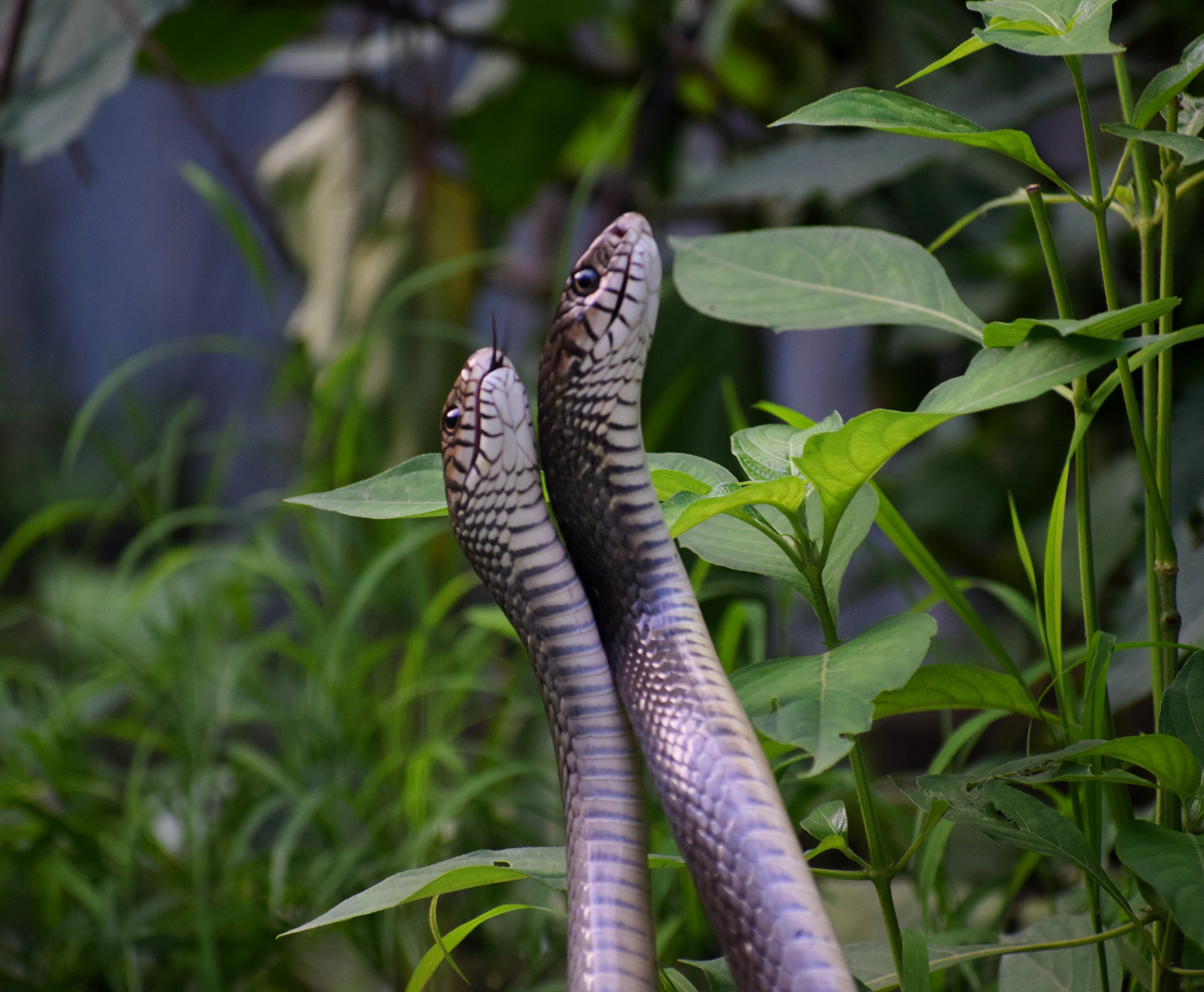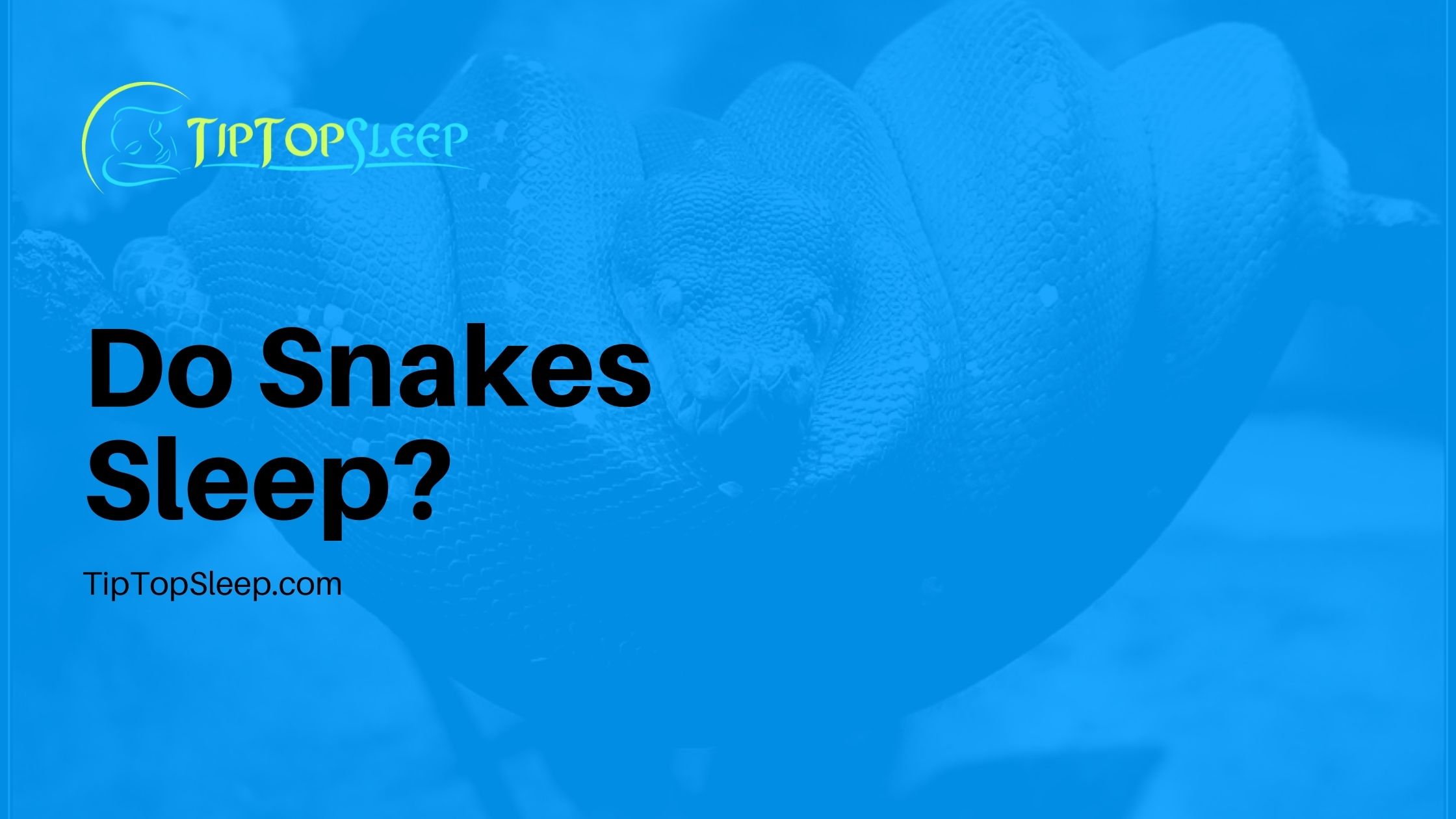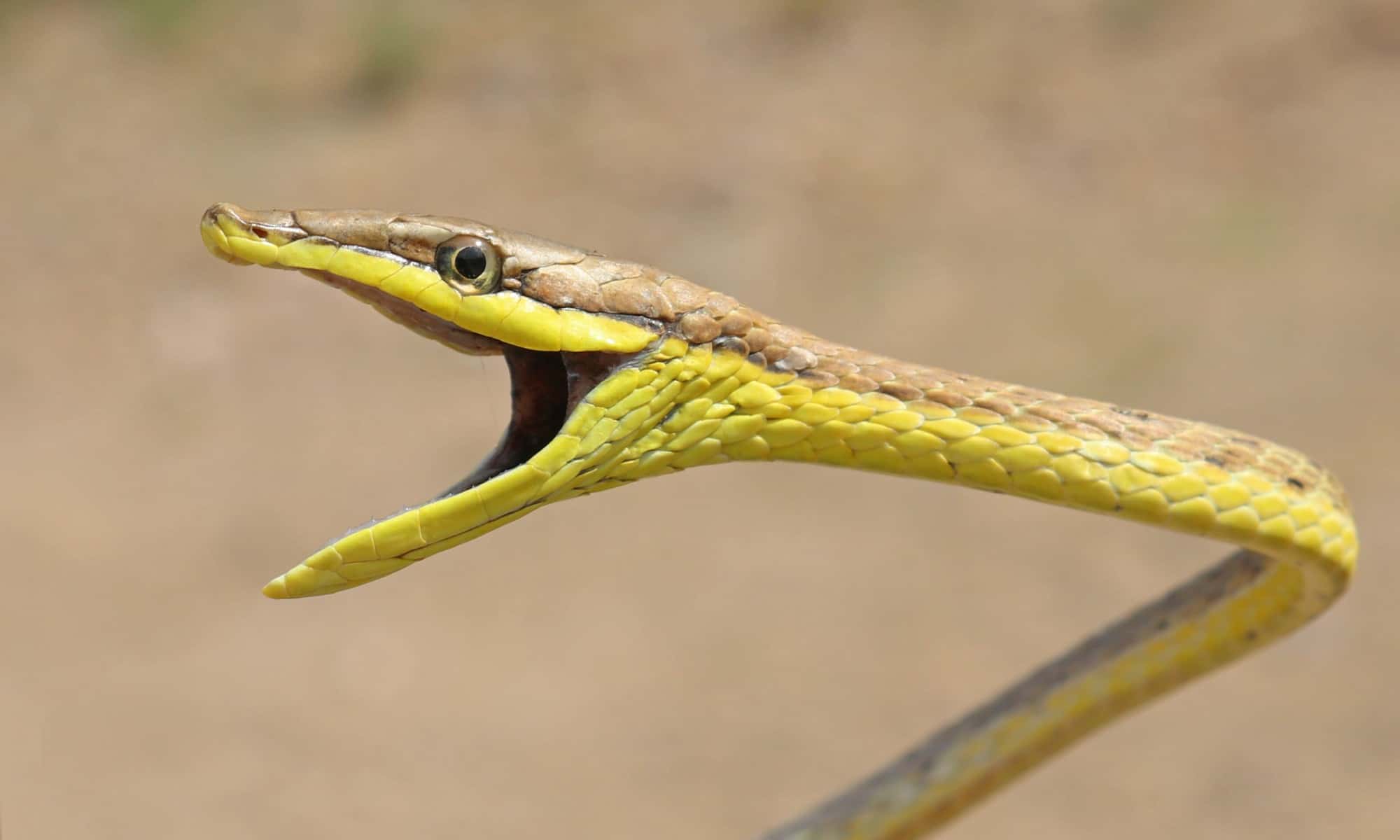Do Snakes Sleep At Night? Unveiling The Secrets Of Reptilian Rest
Have you ever wondered if snakes sleep at night? This intriguing question has puzzled many wildlife enthusiasts and casual pet owners alike. Snakes, with their silent demeanor and mysterious habits, often leave us questioning their daily routines. But here's the deal – understanding snake sleep patterns can reveal fascinating insights into their behavior and biology. So, let’s dive right in and explore this slithery mystery together.
When it comes to snakes, the term "sleep" might not be as straightforward as it is for humans or other mammals. These reptiles operate on a completely different biological clock, and their resting patterns are influenced by factors like temperature, habitat, and species. If you're a snake lover or simply curious about their habits, this article will break down everything you need to know about their nocturnal (or not-so-nocturnal) tendencies.
As we explore the topic of "do snakes sleep at night," we'll uncover the science behind their rest cycles, debunk common myths, and provide you with actionable insights. Whether you're a herpetologist, a snake owner, or just someone fascinated by the natural world, this deep dive into snake sleep will leave you with a newfound appreciation for these incredible creatures. So, grab your favorite beverage, and let's get started!
- Dafne Keane The Rising Star Shining Bright In The Spotlight
- Amy Winehouse And Husband The Untold Story Of Love Struggles And Legacy
Table of Contents
- Snake Sleep Patterns: A Closer Look
- Biological Factors Influencing Snake Sleep
- Myths About Snake Sleep
- Do Snakes Sleep at Night? The Truth
- Do Snakes Dream? Exploring the Possibility
- Snake Resting Behavior: What It Looks Like
- Species Differences in Sleep Patterns
- How Environment Affects Snake Sleep
- Tips for Snake Owners: Supporting Healthy Sleep
- Conclusion: Understanding Snake Sleep
Snake Sleep Patterns: A Closer Look
Snakes have a unique way of resting that doesn't exactly fit the human definition of sleep. Unlike mammals, which experience REM (Rapid Eye Movement) sleep and distinct sleep cycles, snakes seem to drift in and out of periods of rest. These periods can last anywhere from a few minutes to several hours, depending on various factors like temperature, activity level, and species.
In the wild, snakes often seek shelter during the day to avoid predators and extreme temperatures. This behavior can sometimes be mistaken for sleep, but it's more accurately described as a state of rest or torpor. During these times, their metabolic rate slows down, allowing them to conserve energy for hunting and other essential activities.
Interestingly, some snake species are more active during the night, while others prefer the daylight hours. This variation in activity patterns can influence their sleep habits, making it even more challenging to define what "sleep" means for snakes. Let's dive deeper into the biological factors that shape these patterns.
- Alina Habba Iraq The Rising Star Of Middle Eastern Music
- Robert De Nirl The Untold Story Of A Legendary Icon
Biological Factors Influencing Snake Sleep
The way snakes rest is heavily influenced by their biology and evolutionary adaptations. Here are some key factors that play a role:
- Metabolism: Snakes have a slower metabolism compared to mammals, meaning they don't require as much sleep to recharge. Their resting periods are more about energy conservation than deep sleep.
- Temperature Regulation: As ectothermic creatures, snakes rely on external heat sources to regulate their body temperature. This can affect their activity levels and, consequently, their sleep patterns. In cooler temperatures, they may enter a state of brumation, which is similar to hibernation.
- Species-Specific Traits: Different snake species have evolved unique behaviors to suit their environments. For example, nocturnal snakes like the bushmaster may sleep during the day and hunt at night, while diurnal species like the garter snake do the opposite.
Understanding these biological factors is crucial for anyone interested in snake behavior. By studying how snakes adapt to their surroundings, we can gain a better appreciation of their resting habits and overall lifestyle.
Myths About Snake Sleep
There are plenty of misconceptions surrounding snake sleep, and it's time to set the record straight. Here are some common myths and the truths behind them:
Myth #1: Snakes Don't Sleep at All
Contrary to popular belief, snakes do sleep – just not in the way we think of it. Their resting periods may look different from ours, but they still experience periods of reduced activity and awareness.
Myth #2: Snakes Sleep with Their Eyes Open
Since snakes lack eyelids, they can't close their eyes like humans or other animals. However, this doesn't mean they're always awake. During rest, their pupils may dilate or constrict, indicating a state of reduced alertness.
Myth #3: All Snakes Are Nocturnal
While some snake species are indeed nocturnal, others are diurnal or crepuscular (active during dawn and dusk). It all depends on the species and its natural habitat.
By debunking these myths, we can better understand the complexities of snake sleep and appreciate the diversity of their behaviors.
Do Snakes Sleep at Night? The Truth
The answer to this question isn't a simple yes or no. Whether a snake sleeps at night depends on its species and natural habitat. Nocturnal snakes, like the rattlesnake or boa constrictor, are more likely to rest during the day and hunt at night. On the other hand, diurnal snakes, such as the corn snake or king snake, are active during the day and may sleep at night.
It's important to note that snakes don't follow a strict sleep schedule like humans. Instead, they adapt their resting periods to suit their environment and energy needs. For example, during the colder months, many snake species enter brumation, where they remain inactive for extended periods. This state is similar to hibernation but involves occasional wakefulness to drink water or adjust their position.
For snake owners, understanding your pet's natural activity patterns can help you create a suitable environment for rest and recovery. Providing the right temperature gradient and hiding spots can encourage healthy sleep habits and promote overall well-being.
Do Snakes Dream? Exploring the Possibility
Now here's a question that really gets the imagination going – do snakes dream? While we can't say for sure, some researchers believe that snakes may experience a form of dreaming. During periods of deep rest, their brain activity may resemble that of mammals in REM sleep, suggesting the possibility of dream-like states.
However, without the ability to communicate or observe brain waves directly, we can only speculate about what snakes might dream about. Perhaps they envision their next meal, relive past hunts, or simply process the day's events. Whatever the case may be, the idea of dreaming snakes adds a layer of mystery to their already fascinating behavior.
Snake Resting Behavior: What It Looks Like
So, what does snake rest actually look like? While it may not involve snoring or tossing and turning, there are some telltale signs that a snake is resting:
- Reduced movement and activity
- Slower breathing and heart rate
- Coiled or relaxed body position
- Unresponsive to minor stimuli
During these periods, snakes may seek out a safe, dark place to rest, such as a burrow, rock crevice, or hiding box. This behavior helps protect them from predators and extreme temperatures while they conserve energy for future activities.
For snake owners, recognizing these signs of rest can help you avoid disturbing your pet during crucial recovery periods. Always approach your snake with care and respect its need for privacy and rest.
Species Differences in Sleep Patterns
Not all snakes rest the same way, and species differences play a significant role in their sleep habits. Here's a quick look at some common snake species and their resting patterns:
Boa Constrictor
As a nocturnal species, the boa constrictor typically rests during the day and becomes active at night. They prefer warm, humid environments and may seek out hiding spots to rest in safety.
Corn Snake
Corn snakes are diurnal, meaning they are active during the day and rest at night. They are known for their calm demeanor and adaptability, making them a popular choice for pet owners.
Ball Python
Ball pythons are crepuscular, meaning they are most active during dawn and dusk. They spend much of their time resting in burrows or other hiding spots, conserving energy for their next meal.
Understanding these species-specific differences can help you tailor your care routine to meet your snake's unique needs.
How Environment Affects Snake Sleep
The environment plays a crucial role in shaping snake sleep patterns. Factors like temperature, humidity, and lighting can all influence how and when a snake rests. For example, snakes in cooler climates may enter brumation during the winter months, while those in tropical regions may remain active year-round.
In captivity, providing the right environmental conditions is key to supporting healthy sleep habits. Here are some tips for creating an ideal resting environment for your snake:
- Maintain a temperature gradient with warm and cool zones
- Provide hiding spots for security and privacy
- Simulate natural light cycles with appropriate lighting
- Ensure proper humidity levels for species-specific needs
By replicating their natural habitat as closely as possible, you can help your snake feel safe and comfortable during rest periods.
Tips for Snake Owners: Supporting Healthy Sleep
If you're a snake owner, there are several ways you can support your pet's rest and overall well-being:
- Observe Their Behavior: Pay attention to your snake's activity patterns and adjust their environment accordingly.
- Provide Enrichment: Offer hiding spots, climbing branches, and other enrichment items to encourage natural behaviors.
- Stick to a Routine: Establish a consistent feeding and handling schedule to minimize stress and disruption.
- Consult a Specialist: If you have concerns about your snake's sleep or health, consult a veterinarian with expertise in reptiles.
By prioritizing your snake's rest and overall well-being, you can ensure they live a happy, healthy life in your care.
Conclusion: Understanding Snake Sleep
In conclusion, the question "do snakes sleep at night" doesn't have a one-size-fits-all answer. Snake sleep patterns are influenced by a variety of factors, including species, habitat, and environmental conditions. By understanding these factors and providing the right care, we can support our scaly friends in their resting habits and overall health.
So, whether you're a seasoned herpetologist or a curious snake enthusiast, take a moment to appreciate the fascinating world of snake sleep. And if you enjoyed this article, don't forget to share it with your fellow reptile lovers or leave a comment below. Together, we can continue to unravel the mysteries of these incredible creatures!



Detail Author:
- Name : Mireya Beier
- Username : murray.annie
- Email : vito.schmidt@goyette.com
- Birthdate : 2006-05-16
- Address : 678 O'Connell Station Suite 143 Robertstown, HI 55993
- Phone : +18386284478
- Company : Legros, Stoltenberg and DuBuque
- Job : Home Appliance Repairer
- Bio : Occaecati quis distinctio doloribus omnis. Dolorem non et in qui in beatae facilis.
Socials
twitter:
- url : https://twitter.com/streicha
- username : streicha
- bio : Hic sed repellat perferendis veniam. Cum repellat adipisci laborum vel. Aut dolore cum eaque.
- followers : 1331
- following : 2006
instagram:
- url : https://instagram.com/streich2012
- username : streich2012
- bio : Optio dolore repellendus sunt accusantium perspiciatis et. Ipsa eius aut itaque voluptas.
- followers : 5902
- following : 1010
